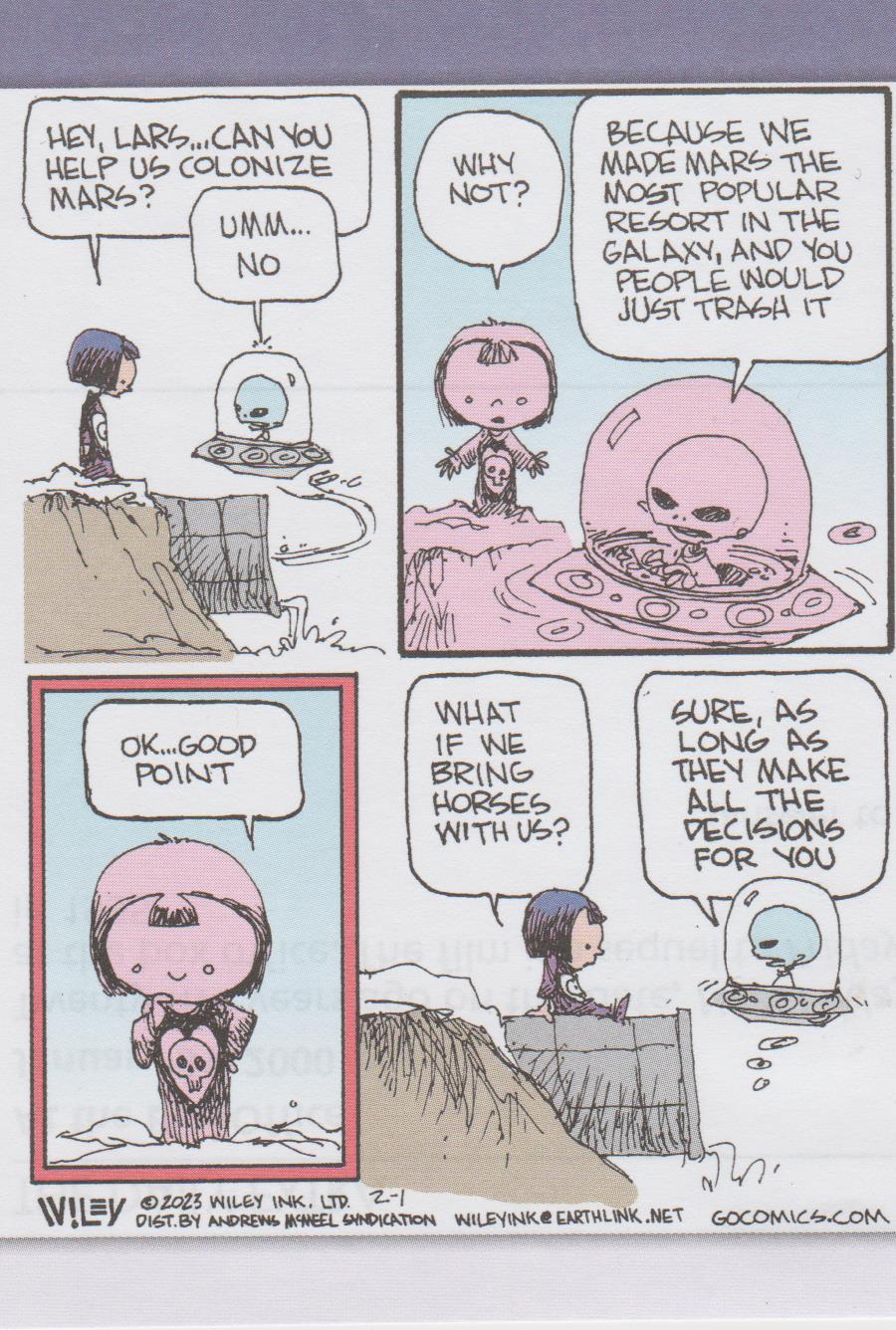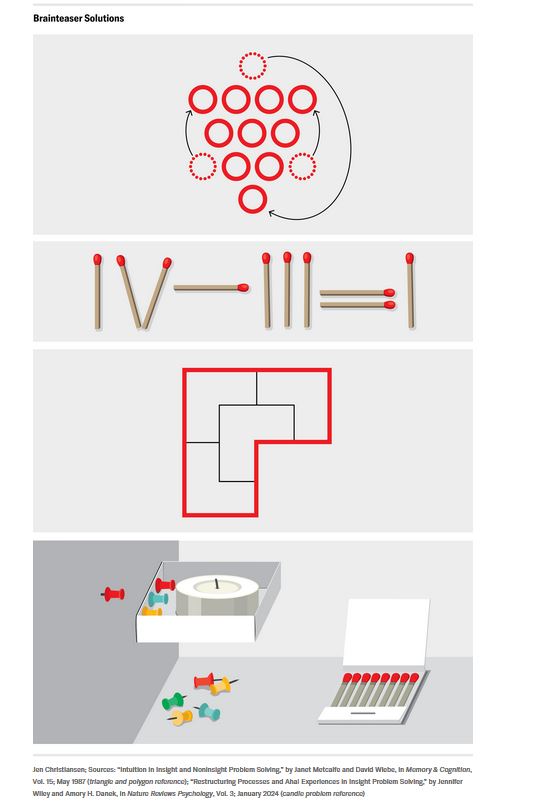This is very personal information about your body. Your body has 800,000,000,000,000,000,000,000,000 cells. If the reader doesn’t know how to say 26 zeroes, it is eight hundred million billion billion. Interestingly, the vast majority of these cells are self directed and do not need independent information from outside the cell.
This post is about changes in the world of science. It also is because mariner doesn’t watch television much except for science documentaries and has more time to spend searching the internet to find answers to useless questions like ‘how many cells are in the human body?’
All the fields of science are changing procedures to leverage AI except mathematics itself which already is procedural except for the old theoretical issues. For example, the Rieman theory about prime numbers which was first asked in the middle 1800s.
Astrophysicists have become troubled about basic theories of the universe. For example, the gravitational role of black matter doesn’t seem to be correct given new AI technology.
In economics, the moneyed class is all agog about cryptocurrency as an investment because it is identical to dollar bills which are owned by the Federal Government, thereby reducing the risk of investment. In principal, cryptocurrency is an electronic paper dollar. At this point, although they are popular, corporate organizations like Bitcoin are not proven for safety. A bit of interesting information from a February 2020 post: … “the citizens of Kenya in 2007 became the first country to launch ‘mobile money’ transfer service through a cell phone provider that plays the role of a money exchange. Swapped phone to phone, no bank is necessary.”
Mariner already has commented on the use of minions to counsel small children and the return of in-home doctor visits (not really, the doctor is a Meta deepfake connected to a Google database).
In a lengthy diatribe he has predicted the end of democracy because AI is all about singular authority over broad expanses of human life from economics to interpersonal skills.
In the field of chemistry mariner watched a PBS documentary about how scientists already have mastered methods to manufacture RNA (RiboNucleic Acid) for any specific purpose – picking a future child’s hair color, height and nose type for example. Farmers already use an especially made RNA that duplicates the sexual perfume of a female butterfly. It is sprayed over an entire field of corn so that the male butterfly cannot determine the proximity of a female butterfly. If the reader ever eats an ear of corn and feels the urge to have sex with a butterfly, this is why.
The smartphone is the RNA of AI. Its functions are creeping into everything from automobiles to watches to whom one should marry, what to wear today and which cookie to buy – all of which are based on which sponsor is supporting the website. The other side of this behavior is what the reader doesn’t hear about, like other brands of cookies and dating partners who have been screened out because they don’t match the types of partners the database thinks the reader should like.
Donald who? Mariner has other things to think about: how long will it be before humans are warmblooded minions?
Is Harris’ first name really Pamela?
Ancient Mariner



